Bright Unbearable Reality
Essays
ANNA BADKHEN
 New York Review Books New York
New York Review Books New York
This is a New York Review Book
published by The New York Review of Books
435 Hudson Street, New York, NY 10014
www.nyrb.com
Copyright 2022 by Anna Badkhen
All rights reserved.
Cover art by Diana Ejaita
Cover design by Katy Homans
Library of Congress Cataloging-in-Publication Data
Names: Badkhen, Anna, 1976 author.
Title: Bright unbearable reality: essays / by Anna Badkhen.
Other titles: Bright unbearable reality (Compilation)
Description: New York City: New York Review Books, 2022.
Identifiers: LCCN 2022000734 | ISBN 9781681377063 (paperback) | ISBN 9781681377070 (ebook)
Subjects: LCSH: Badkhen, Anna, 1976 Travel. | LCGFT: Essays.
Classification: LCC PS3602.A3597 B75 2022 | DDC 814/.6dc23/eng/20220317
LC record available at https://lccn.loc.gov/2022000734
ISBN 978-168137-707-0
v1.0
Contents
Preface
E NARGEIA , A LICE O SWALD TELLS US , is the word used when gods come to earth not in disguise but as themselves. This is the word Oswald translates as bright unbearable reality. Why do we find it unbearable to acknowledge what truly is? What kind of reality are we creating, that we cannot bear it?
The essays in this collection, which I composed between 2017 and 2021, aim to acknowledge what both separates and binds us at a time when one in seven people has left their birthplace, when of the estimated billion migrants living on earth, a quarter has crossed political borders. Boundaries of race and religion and class and gender carve communities, often lethally, often block by block. It seems more and more that we live in a world of moral dislocation. And a global pandemicin its third year at the time of this publicationdictates the direst season of rupture in humankinds remembering, superimposes loss and anguish onto a world that already is a map of tornness.
The great Toni Morrison said about belonging and dispossession and the notion of home: We are dreaming all wrong. In this book I examine some of our broken synapses. Maybe we can never make them whole entirely, but we can try to acknowledge and repair them, even if the sutures show, the scars of our efforts to dream differently.
Once I Took a Weeklong Walk in the Sahara
L ATER WE WILL slow down to walking speed: a day of dunes, a day of black lava pavement, a day of maroon pebbles. But when we first arrive in the Sahara, SidAhmed in the lead truck smooth-talks us past checkpoints, and we drive through the desert fast on a good road. An hour of pale dunes. An hour of sunburnt grass, low and white, an old mans stubble. An hour of dust storm. Oases encircle ten-thousand-gallon pillow tanks of water, laid out like waterbeds for the giants who must roam this vastness. Every hour or so, small perfect cubes of single-room houses, clean and pastel, peep out of sand the color of the skin on the heel of your palm, that spot where the lines of life and fate close in. A newborn neatness about them. They stand alone or in clusters, each a concrete replica of a Bedouin tent, with a pyramidical roof that aims an iron spike at the sky: A scattering of dreidels, each pinned up beseechingly to heaven, as if to keep them from flying away. Or to allow you to pull them out of the desert as you would an onion, shake them free of sand: Here and there a house is choked up to the eaves. When we finally stop near Chinguetti, SidAhmed orders us to shinny up a massive barchanthe first of the many dunes he will make us scaleand, at the top, informs us that a village is buried under our feet.
What is a place? A memory of our presence, a memory of our absence. A separation sets the two apart. Sometimes the severing takes the shape of a mountain of sand that swallows a village. Sometimes it is a journey, a hejira, a hajj. What is a journey for? To remember, to forget. For the next week, SidAhmed will lead nine of us on foot along the route on which for centuries pilgrims caravanned from the Atlantic coast to Mecca to remember devotion, to forget sin. We will start near Chinguetti, a center of religious scholarship during the Islamic Golden Age, and for seven days we will walk through the desert westward, downwind, like the devout returning from circumambulating the Kaaba. I do not know why my fellow walkers came to the desert. I came to make sense of our partings and to remember what binds us. It is January 2, 2020, and human movement and farewells are center stage on earth. One in seven of us is on the move, includingthough I cannot see them from this barchanthe thousands crossing the Sahara toward the imaginary riches of Europe. In a week, the World Health Organization will announce the first death of a novel coronavirus in east-central China, and within two months, the nanoscopic virus will commence the direst season of rupture in humankinds remembering and split us in unimaginable ways. This, too, will become ingrained in our memories. I stand on the top of a dune that once was a homeland. All around me, the desert heaves and falls.
Once upon a time, the marabouts of Chinguetti began to collect books. Some volumes they acquired on their travels to other parts of Africa, and to Europe and Central Asia and the Middle East; others were brought to town by visiting scholars and pilgrims performing the hajj. A library was born, then another. Now in the heart of the Mauritanian Sahara there are twelve, holding thousands of volumes: the Quran and the Hadith, books on Islamic law, astrology, medicine, and theology that have been copied and illustrated by hand; they say the oldest manuscript dates back to the eleventh century.
We stop at one of the libraries, the Bibliotheque al Habott. It is a single-story compound of limestone slabs set a few steps down from the road. Mauritania is nine-tenths desert, and the Sahara is rising, lapping at walls; it has expanded by a tenth since 1920, in part because of the natural cycles of rainfall and wind, in part because of manmade climate change. A tin sign on the roof announces that this library was founded at the end of the eighteenth century and contains more than fourteen hundred volumes in twelve disciplines. The librarian, Abdullah Habotta descendant of the founding marabout, five generations removedexplains that the library abides by two rules: that it be maintained by one of the marabouts male descendants, lest it shift patrimony; and that the books in its collection never leave Chinguetti, lest knowledge seep from the town. In this way, the founder, Sidi Mohamed Ould Habott le Grand, set out to preserve memory in the desert. But the manuscripts are disappearing in place. Abdullah Habott turns the pages with cotton-gloved hands: Some pages have been nibbled by mice; some pages are bound in embossed leather cracked by drought; on some pages, mold patinates miniature drawings in gold leaf; some books have round perforations boring through them from cover to cover where termites have drilled into the pages, as if to take core samples. And some books are no longer books but powdery termite refuse, each a miniature bound desert, a sand mandala recording the way we become severed from our own past. The cartilage of history is precious and perishable: tens of millions of family chronicles of tens of millions of people lost in transit or in the slave trade, lost in translation or untranslatable, abridged out of fear or neglect or unsuitability, so that we are displaced not merely in place but also in time, our ancestral narratives mislaid or missing or hidden from our sight.

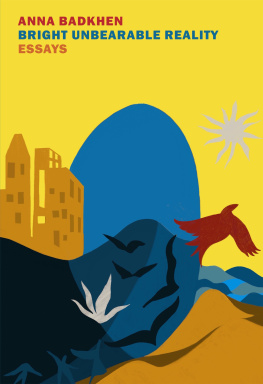


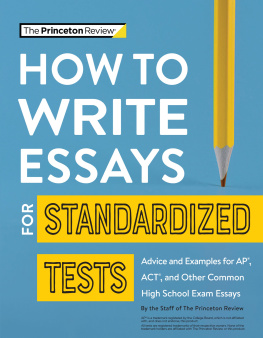
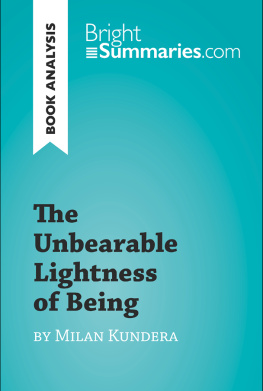
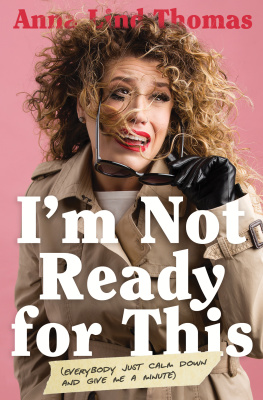
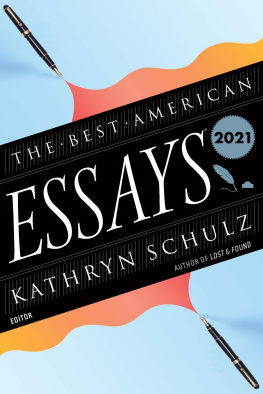
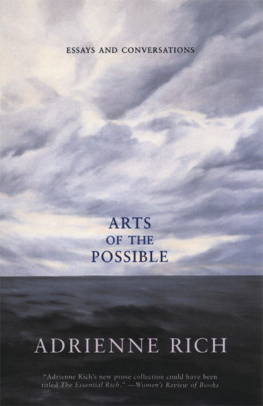
![Didion - The white album: [essays by]](/uploads/posts/book/198618/thumbs/didion-the-white-album-essays-by.jpg)
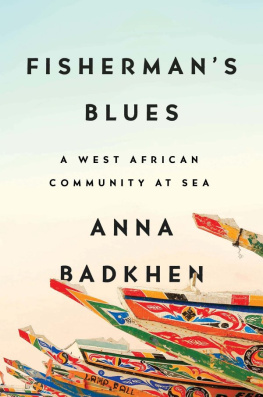
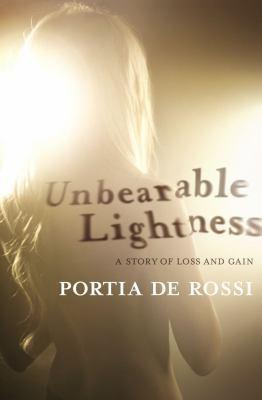
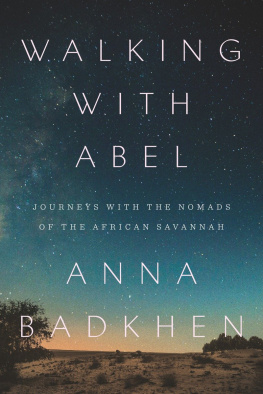


 New York Review Books New York
New York Review Books New York